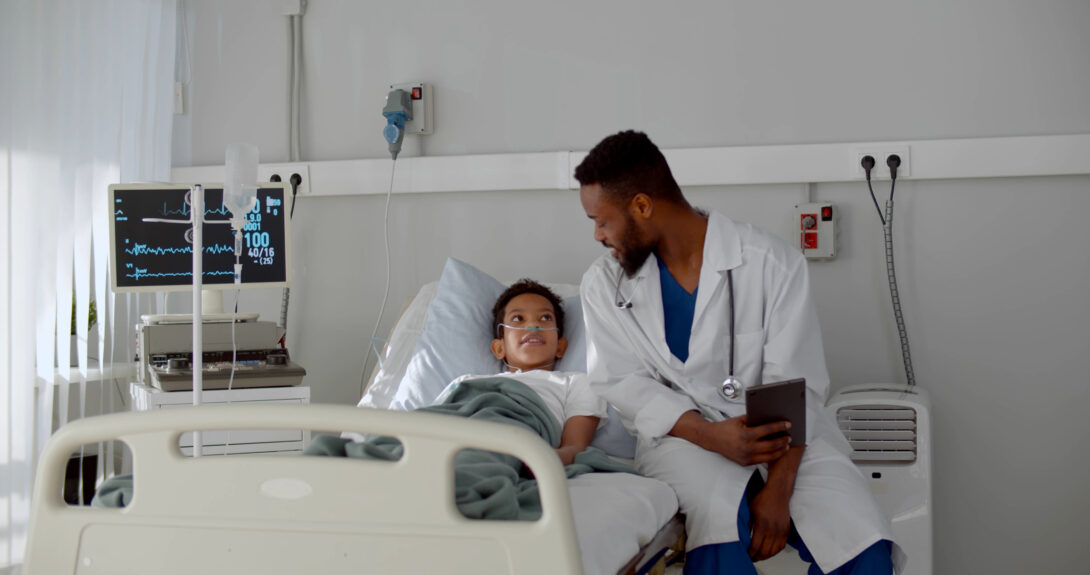Anesthesiology Residency: Medical Student Rotation
Medical Student Rotation

The Department of Anesthesiology promotes a strong educational mission by which all faculty and residents are encouraged to play an active role in medical student education.
Medical student rotation is an elective four-week experience offered to third and fourth-year medical students. During this rotation, medical students will be paired one-on-one with faculty, nurse anesthetist, or anesthesiology resident in operating rooms and procedural suites throughout the hospital to provide general anesthesia and monitored anesthesia care to a wide variety of patients. Medical students are encouraged to be an active participant in patients’ anesthesia care from start to finish, including conducting the preoperative evaluation before induction, performing procedures during and after induction, and signing patients out in PACU.
Students will have the opportunity to practice important life-saving skills, including mask ventilation, oral and nasal airway placement, intravenous catheter placement, laryngeal mask airway placement, and endotracheal intubation. Students will also have the opportunity to assist in an arterial line, central line, and epidural catheter placement.
During this rotation, there will be lectures covering the basics of anesthetic practice. Lectures are designed to give students a firm foundation to understand the basic principles and techniques of anesthesia.
Clinical Duty Hours:
The expected hours spent on patient care and required educational activities within the clinical setting are Monday to Friday from 0700 to 1500. There will be no call responsibilities while on this rotation.
Teaching Activities:
- There will be lectures covering the basics of anesthetic practice
- Each student will present a brief talk on anesthesia-related topics
- Review web-based teaching resources
Evaluation:
There will be a meeting with students at the beginning of each rotation to discuss rotation-specific goals and objectives and clearly communicate the performance expectations.
Upon completion of the rotation, the supervising attending will complete a departmental student evaluation form. The attending will inform the students of any problems identified, and concerns will be discussed immediately after they occur.
The students will complete a departmental rotation evaluation form. These evaluations and feedback are used to improve teaching techniques and rotation-specific objectives.